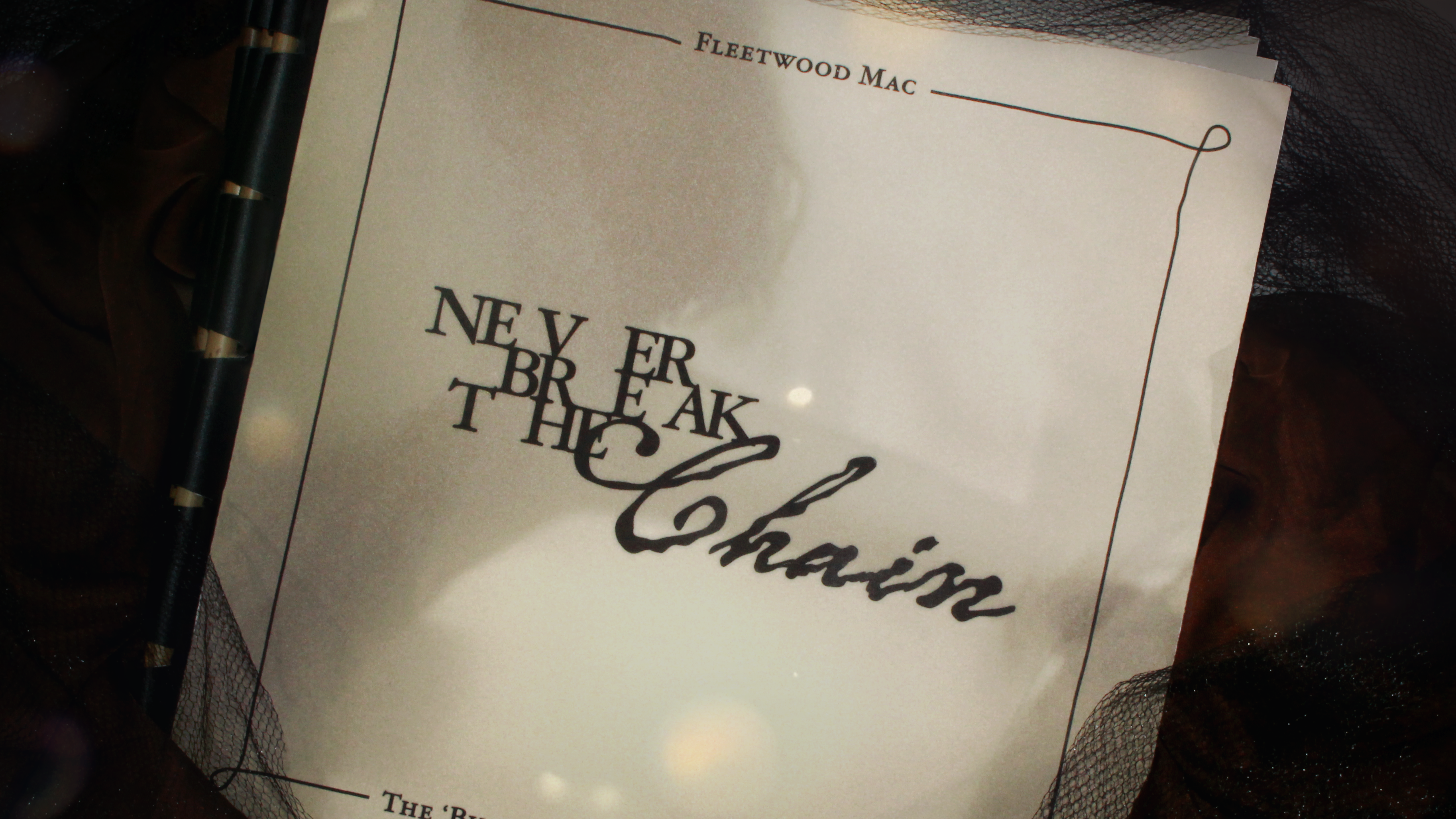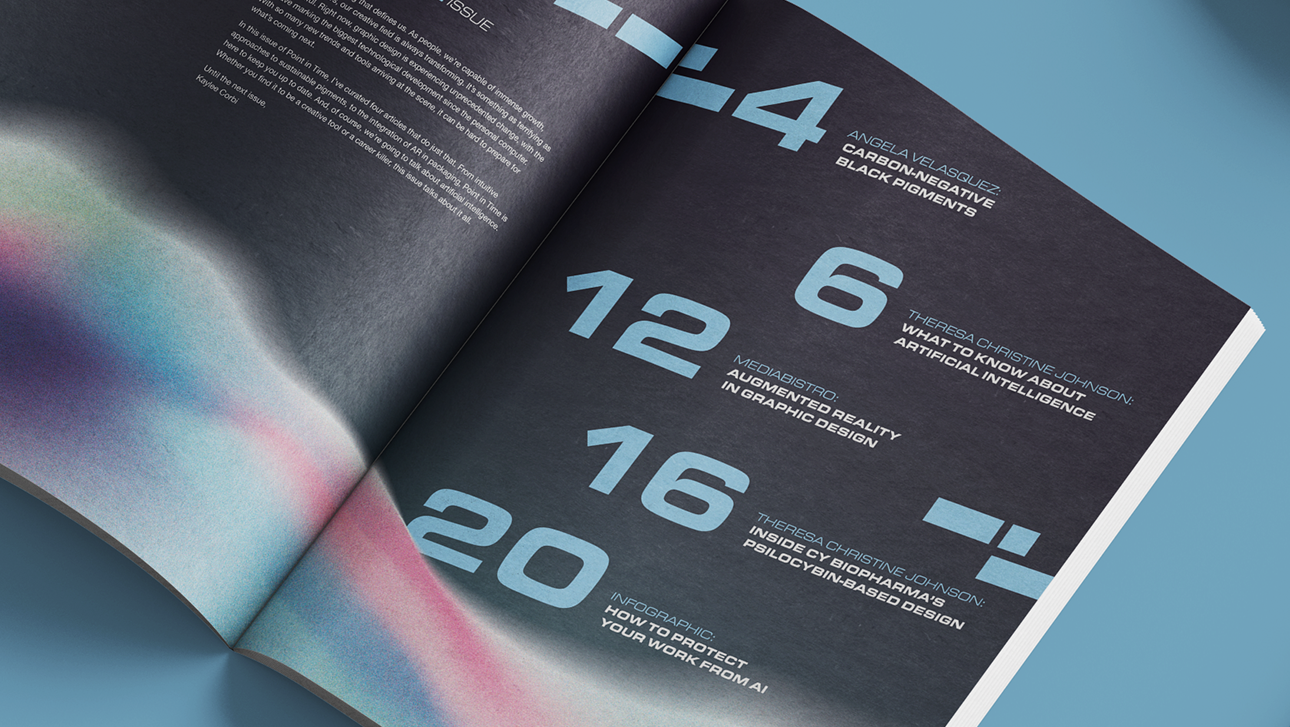Did you know that the Ancient Greek and Roman statues weren't just plain white marble? They were actually painted with vivid colors! The White Myth exhibit explores just how this historical misconception came about.
Key elements include photography of ancient statuary: columns, to divide content in the exhibition; and a face that's split in pieces, to signify controversy.
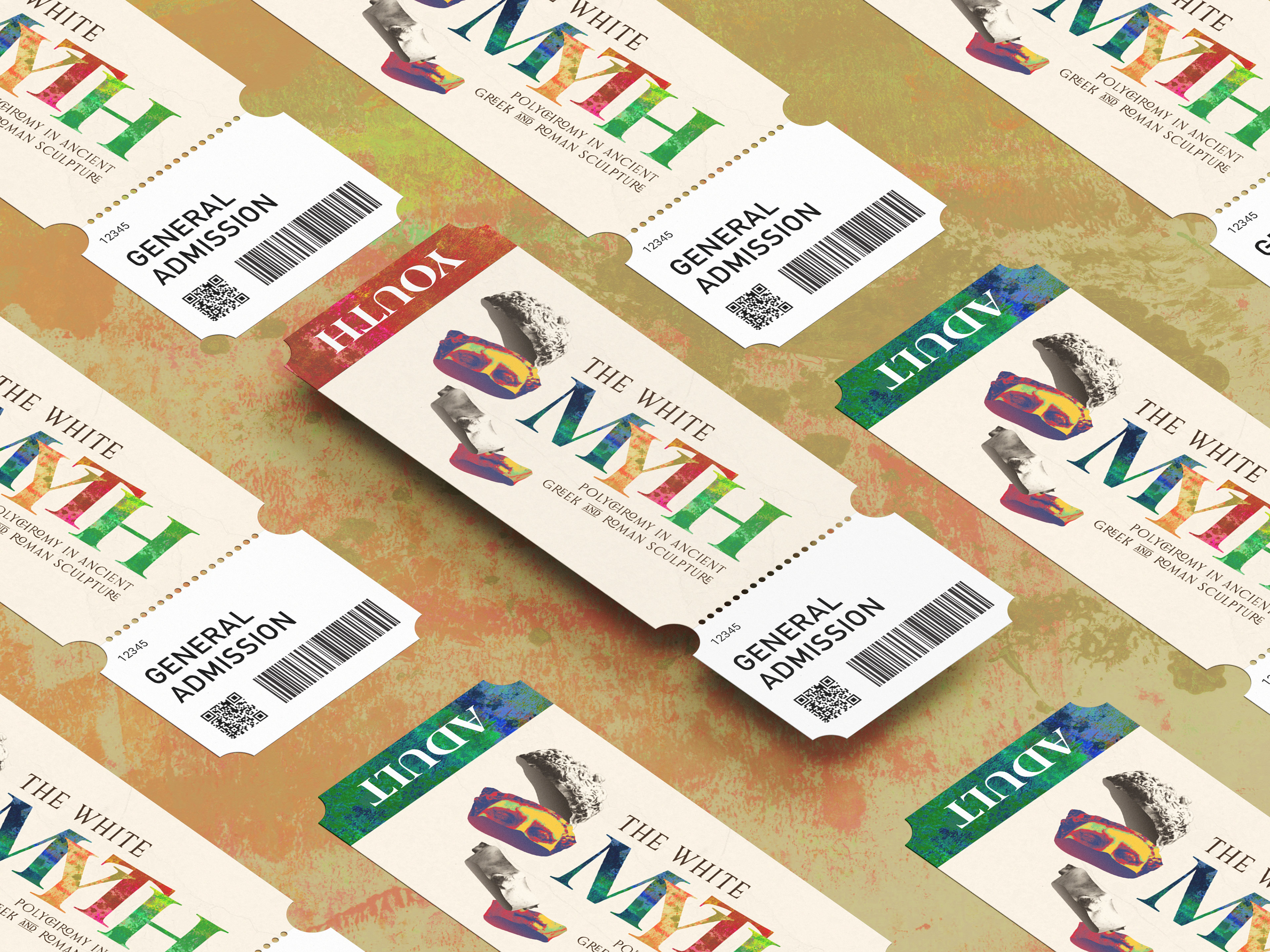
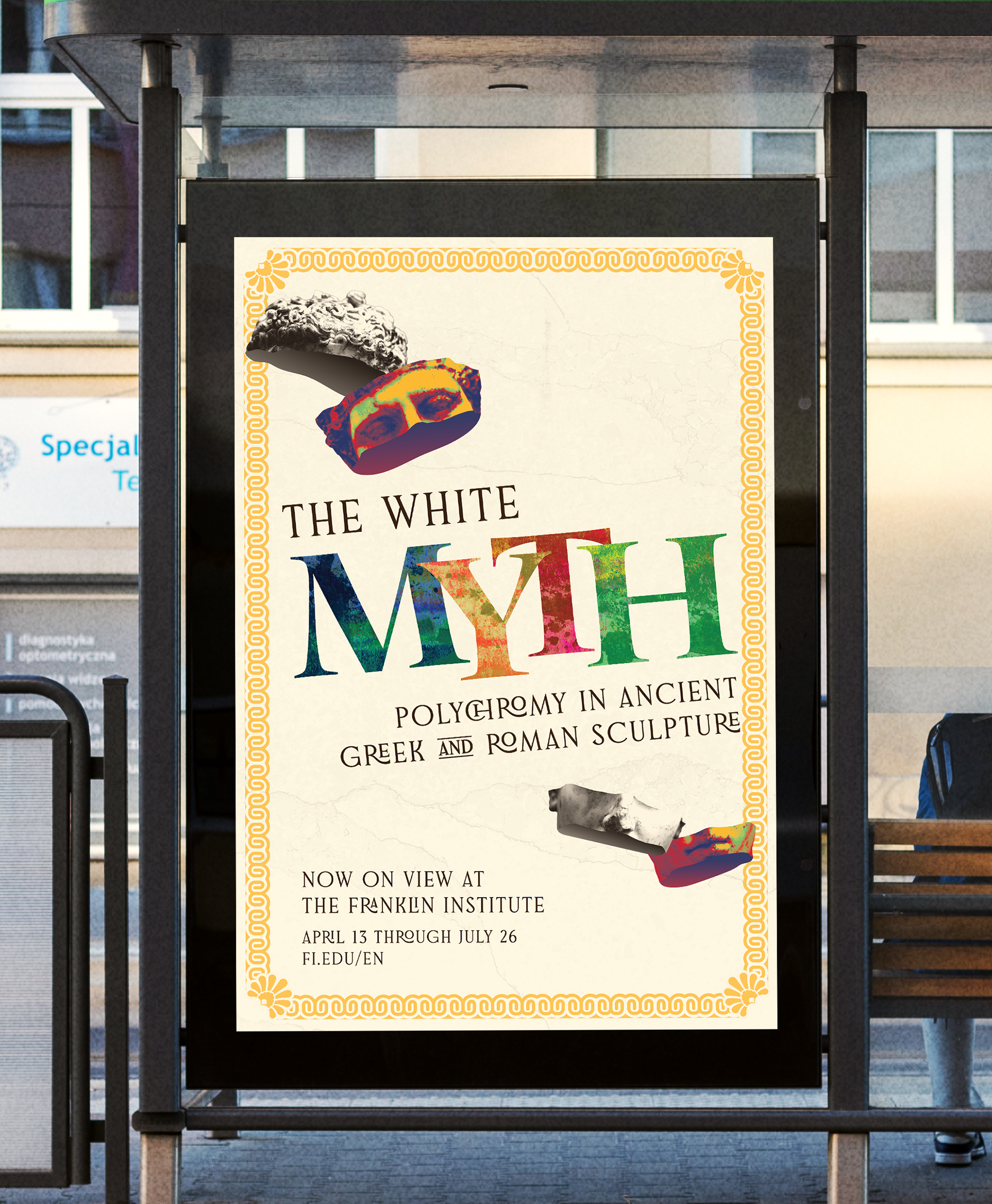
The four-color palette is derived from the real pigments that have been found on these statues. Vibrant blue, gold, red, and green adorn the exhibit as they adorned this ancient art.
The subject of polychromy (multiple colors) in ancient statuary is a long-debated subject. That's why, in the exhibit graphics, the statue's face has been divided. Some of its pieces are monochrome, and some are polychrome, as if history can't decide what the art looked like.
The experience is designed to have something to offer for all types of visitors, from the fast-paced skimmers to the ones who slowly take in information. Whether you’re a seasoned art historian or a family having a day at the museum, The White Myth introduces the ancient world in a colorful new light.
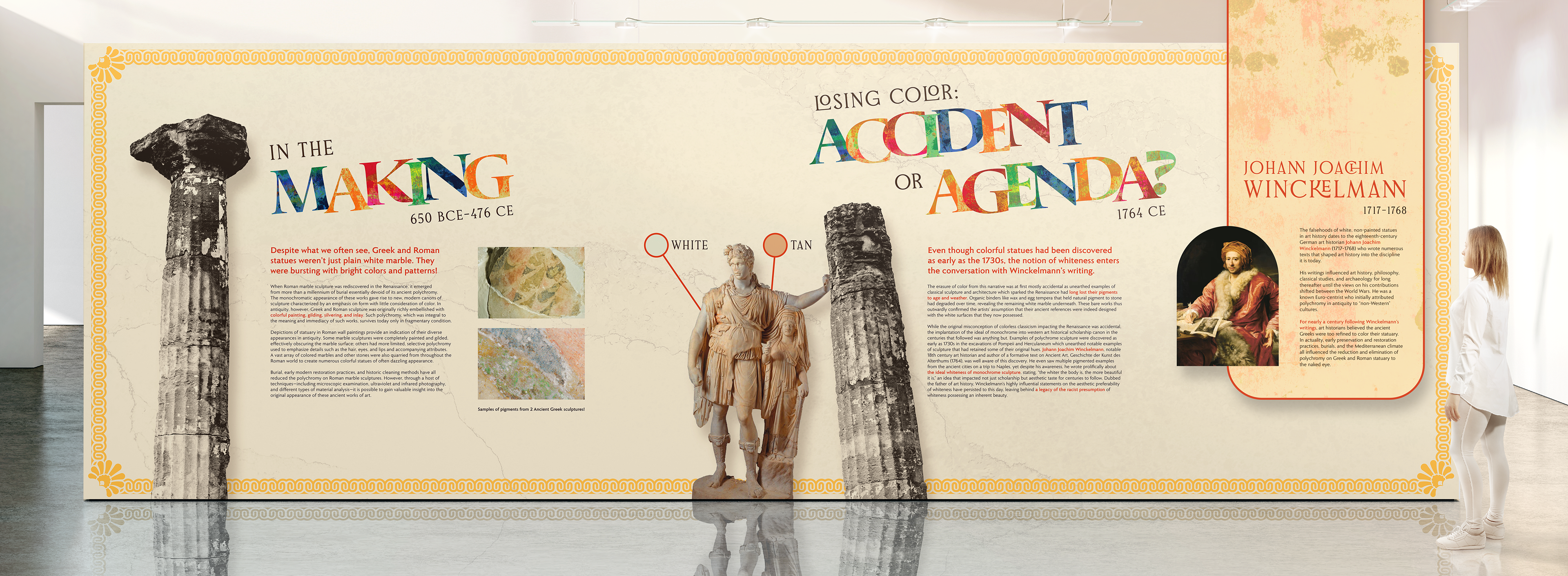
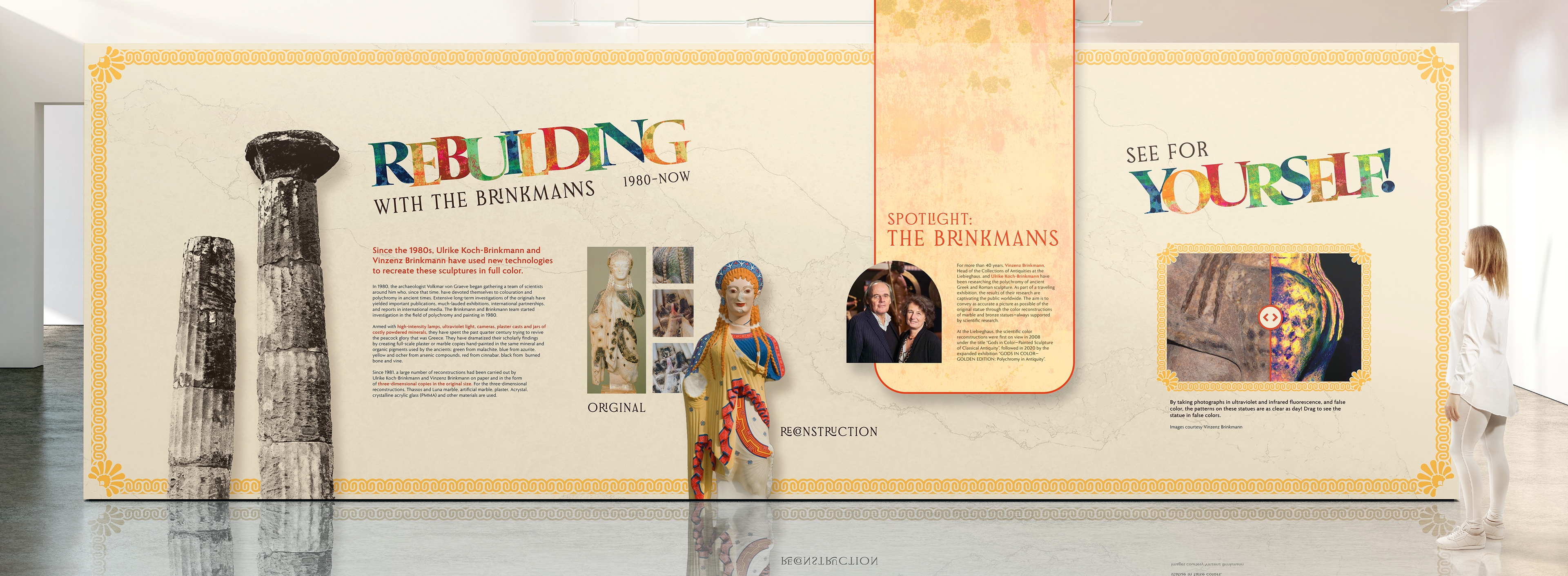
Throughout The White Myth, visitors learn about ancient statues, retracing the myth of the white marble form.


